Zinc stearate

Zinc stearate structure
|
Common Name | Zinc stearate | ||
|---|---|---|---|---|
| CAS Number | 557-05-1 | Molecular Weight | 632.32 | |
| Density | 1.095 | Boiling Point | 359.4ºC at 760 mmHg | |
| Molecular Formula | C36H70O4Zn | Melting Point | 128-130 °C (lit.) | |
| MSDS | Chinese USA | Flash Point | 180℃ | |
Use of Zinc stearateZinc stearate is a Zinc distearate. Zinc stearate can be used as an excipient, such as lubricants for tablets and capsules. Pharmaceutical excipients, or pharmaceutical auxiliaries, refer to other chemical substances used in the pharmaceutical process other than pharmaceutical ingredients. Pharmaceutical excipients generally refer to inactive ingredients in pharmaceutical preparations, which can improve the stability, solubility and processability of pharmaceutical preparations. Pharmaceutical excipients also affect the absorption, distribution, metabolism, and elimination (ADME) processes of co-administered drugs[1][2]. |
| Name | Zinc stearate W. S |
|---|---|
| Synonym | More Synonyms |
| Description | Zinc stearate is a Zinc distearate. Zinc stearate can be used as an excipient, such as lubricants for tablets and capsules. Pharmaceutical excipients, or pharmaceutical auxiliaries, refer to other chemical substances used in the pharmaceutical process other than pharmaceutical ingredients. Pharmaceutical excipients generally refer to inactive ingredients in pharmaceutical preparations, which can improve the stability, solubility and processability of pharmaceutical preparations. Pharmaceutical excipients also affect the absorption, distribution, metabolism, and elimination (ADME) processes of co-administered drugs[1][2]. |
|---|---|
| Related Catalog | |
| References |
[1]. Lower E S. Zinc stearate: its properties and uses[J]. Pigment & Resin Technology, 1982, 11(6): 9-14. |
| Density | 1.095 |
|---|---|
| Boiling Point | 359.4ºC at 760 mmHg |
| Melting Point | 128-130 °C (lit.) |
| Molecular Formula | C36H70O4Zn |
| Molecular Weight | 632.32 |
| Flash Point | 180℃ |
| Exact Mass | 630.456543 |
| PSA | 37.30000 |
| LogP | 6.33000 |
| Stability | Stable. Incompatible with strong oxidizing agents. |
| Water Solubility | Insoluble |
CHEMICAL IDENTIFICATION
HEALTH HAZARD DATAACUTE TOXICITY DATA
|
| Personal Protective Equipment | dust mask type N95 (US);Eyeshields;Gloves |
|---|---|
| Hazard Codes | Xi:Irritant |
| Risk Phrases | R37 |
| Safety Phrases | S22-S26-S36/37/39-S38 |
| RIDADR | NONH for all modes of transport |
| WGK Germany | - |
| RTECS | ZH5200000 |
|
~97% 
Zinc stearate CAS#:557-05-1 |
| Literature: Crompton Corporation Patent: US6689894 B1, 2004 ; Location in patent: Page column 6 ; |
|
~% 
Zinc stearate CAS#:557-05-1 |
| Literature: Journal of Molecular Catalysis A: Chemical, , vol. 270, # 1-2 p. 289 - 294 |
|
~% 
Zinc stearate CAS#:557-05-1 |
| Literature: Journal of Physical Chemistry B, , vol. 111, # 19 p. 5212 - 5217 |
|
~64% 
Zinc stearate CAS#:557-05-1 |
| Literature: Di Serio; Tesser; Dimiccoli; Cammarota; Nastasi; Santacesaria Journal of Molecular Catalysis A: Chemical, 2005 , vol. 239, # 1-2 p. 111 - 115 |
|
~% 
Zinc stearate CAS#:557-05-1 |
| Literature: Spectrochimica Acta - Part A: Molecular and Biomolecular Spectroscopy, , vol. 66, # 4-5 p. 1048 - 1051 |
|
~0%
Detail
|
| Literature: Journal of the Chemical Society, Dalton Transactions: Inorganic Chemistry (1972-1999), , p. 627 - 634 |
|
~% 
Zinc stearate CAS#:557-05-1 |
| Literature: Journal of the Chemical Society, Dalton Transactions: Inorganic Chemistry (1972-1999), , p. 1939 - 1944 |
| Precursor 9 | |
|---|---|
| DownStream 1 | |
|
Low-temperature processed Ga-doped ZnO coatings from colloidal inks.
J. Am. Chem. Soc. 135(9) , 3439-48, (2013) We present a new colloidal synthesis of gallium-doped zinc oxide nanocrystals that are transparent in the visible and absorb in the near-infrared. Thermal decomposition of zinc stearate and gallium ni... |
|
|
An attenuated total reflection Fourier transform infrared (ATR FT-IR) spectroscopic study of gas adsorption on colloidal stearate-capped ZnO catalyst substrate.
Appl. Spectrosc. 68(1) , 88-94, (2014) Attenuated total reflection Fourier transform infrared (ATR FT-IR) spectroscopy has been applied in situ to study gas adsorption on a colloidal stearate-capped zinc oxide (ZnO) surface. Infrared spect... |
|
|
Possibility of alveolar bone promoting enhancement by using lipophilic and/or hydrophilic zinc related compounds in zinc-deficient osteoporosis rats.
Biol. Pharm. Bull. 35(9) , 1496-501, (2012) The purpose of this research is improvement of therapeutic treatment for periodontitis by using lipophilic and/or hydrophilic zinc materials. The sample suspension injections were prepared from zinc o... |
| MFCD00013031 |
| Octadecanoic acid, zinc salt (2:1) |
| Hydense |
| Zinc octadecanate |
| Metallac |
| Dermarone |
| stearic acid,zinc |
| talculinz |
| EINECS 209-151-9 |
| Mathe |
| Zinc(II) stearate |
| Zinc dioctadecanoate |
| Zinc stearate |
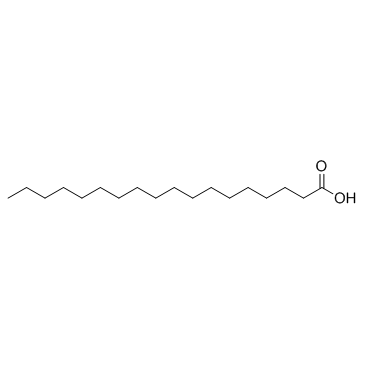
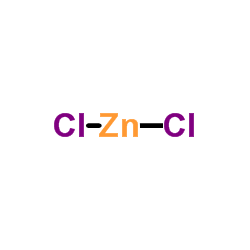

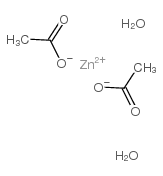
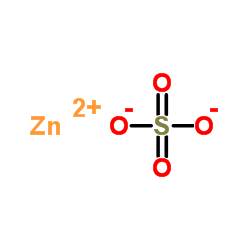
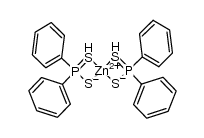


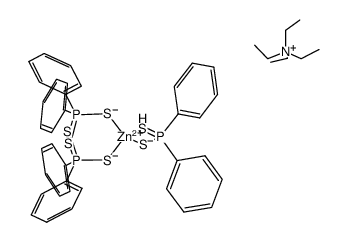
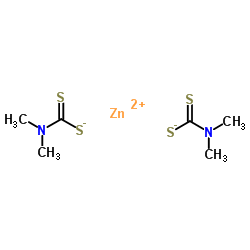
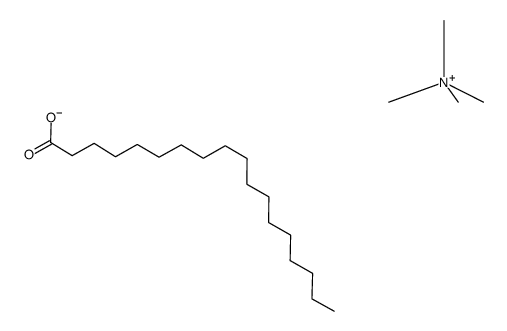

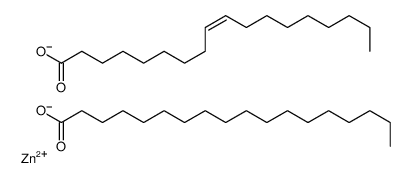 CAS#:557-06-2
CAS#:557-06-2
